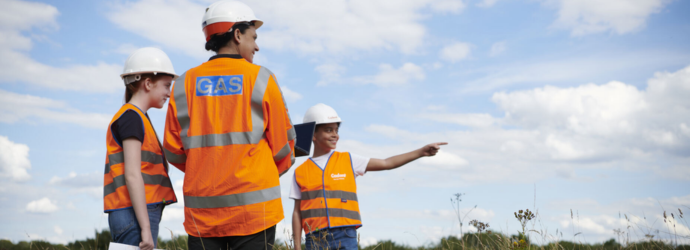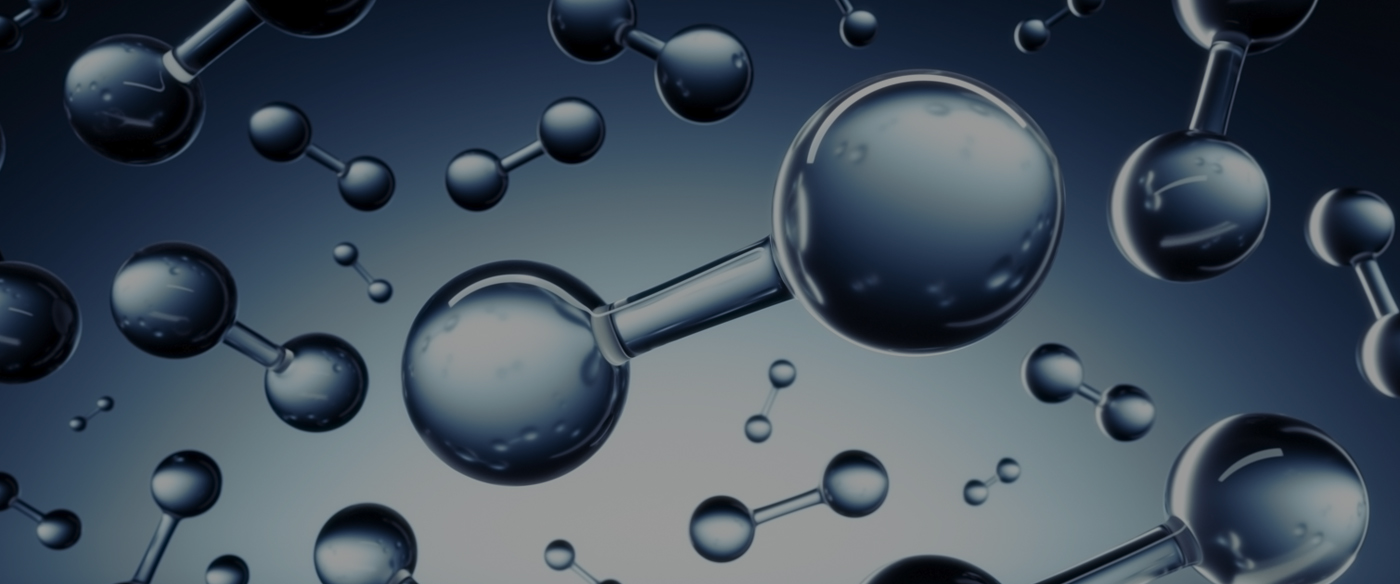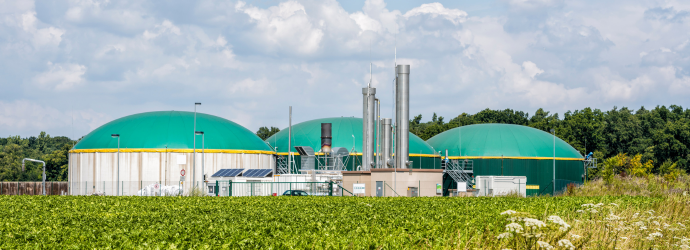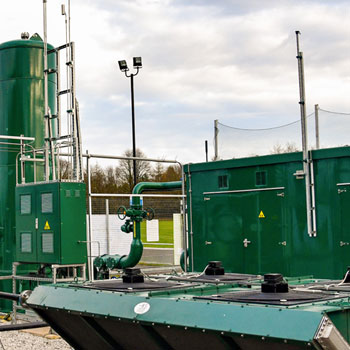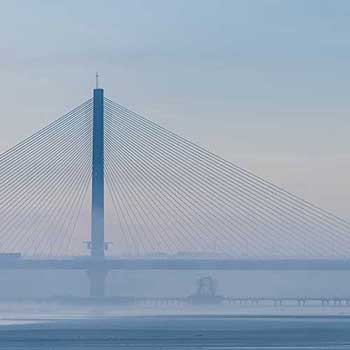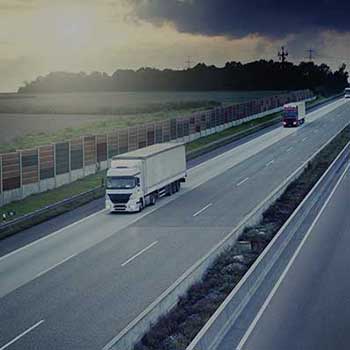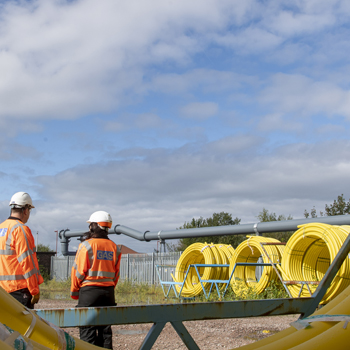The government has set a target for the UK to be net zero by 2050. That means reducing harmful CO2 emissions by 100%. Those emissions come from burning fossil fuels like coal, diesel and fossil gas – to power our industries, run our cars and lorries and heat our homes and businesses. We have to find new ways – greener ways – to do these things. This is what we are doing...
Over one third of CO2 emissions come from heating our homes and offices so decarbonising heat is a major issue for the UK to address. We are working on ways to achieve this and believe that the best way to keep customers warm whilst enjoying the flexibility of gas with minimum disruption, is to use the existing network to deliver greener gases like biomethane and hydrogen. They work just as well as fossil gas but with significantly lower carbon emissions.
We fully support renewable electricity from wind and solar to meet lots of the country’s energy needs but it is now well understood that if we are to reach 100% carbon reduction, hydrogen will be essential to heat our homes, fuel heavy transport and power industries.






